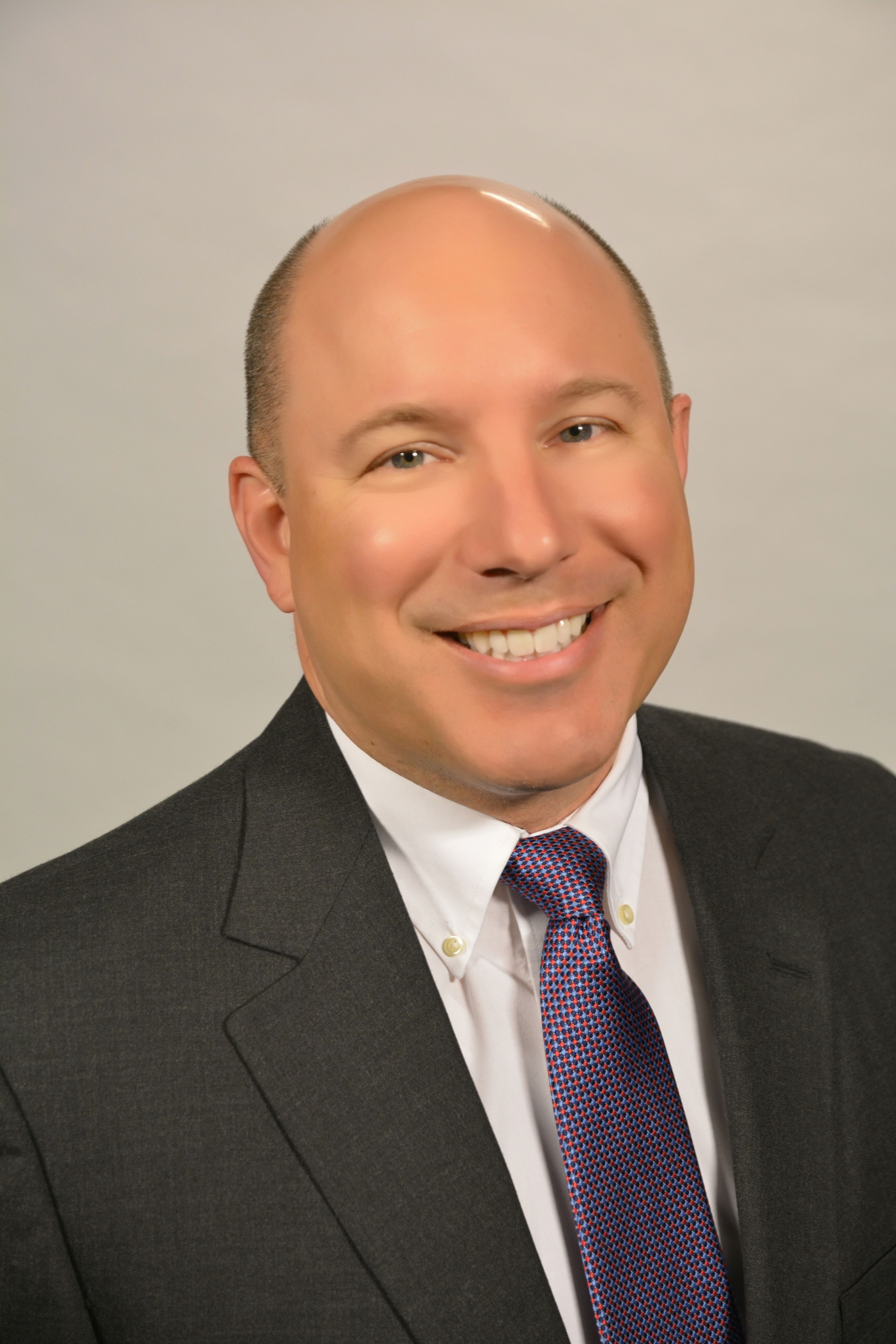Kroger pharmacy’s shared EHR pilot project a success
An Ohio family practice and a local Kroger store teamed up to share access to patient records. Who benefited? Only everybody.
When a Kroger pharmacy and a doctor’s office shared access to electronic health records (EHRs), the result was improved medication adherence and efficiencies, a recent study reported.
See also: Three technology innovations for your health system to explore
Authors Megan E. Keller, PharmD, director of clinical pharmacy services at Doctors Hospital Family Practice in Grove City, Ohio, and colleagues published the study in the Fall 2015 issue of Perspectives in Health Information Management.

Doug CorneliusFunded by the NACDS Foundation, the study describes the collaboration between a Kroger store in Ohio and a family practice office. The EHR was needed because “we are striving to become a wellness destination, and part of that involves a clear, whole picture of our clients,” said Douglas Cornelius, BS Pharm, a pharmacy merchandiser for Kroger.
“Good, clear communication is still the Achilles’ heel to moving to the next level of healthcare,” Cornelius told Drug Topics. “The physician’s office was a good candidate to approach as it also wants to improve patient outcomes in a more timely manner. We felt that if we could at least begin the mechanization of data sharing and show improvements in wellness, someone could take that idea and develop a better EHR-sharing process.”
EHR access
To that end, the physician’s office securely faxed medication lists to the Kroger pharmacy for those of its patients who were also pharmacy customers. However, the pharmacists realized that they could better reinforce the physician’s treatment plan and answer more patient questions if they had access to lab data, physician notes, and other information via EHRs. The relationship was expanded to allow pharmacists access to the physicians’ EHRs and document notes in the Outcomes software system.
See also: Readmissions fall after pharmacists' home visits
“The pharmacy team thought that expanding medication review services to include more comprehensive information from the physician would be beneficial for patients because it would allow the pharmacist to reinforce the physician’s healthcare plan, and it could potentially decrease the number of medication-related questions that would be directed throughout the day to the physician’s office from both patients and pharmacists,” the study said.
Results
The results of the shared EHRs were positive for Kroger pharmacists, the clinic, and notably patients. Communication between Kroger and the clinic improved, resulting in workflow efficiencies. And pharmacists were able more readily to collect data related to patients’ medical conditions, prescribed medications, lab results, and treatment plans.
“The access to EHRs … provides pharmacists a complete picture of the patient that can be clouded by the use of mail order, specialty, or simply client-driven polypharmacy,” Cornelius said. “Our experience with MTM platforms like Outcomes shows us that pharmacists want to use more patient data to help their patients become healthier and that they use it appropriately.”
Access to EHRs, combined with MTM services already employed by the pharmacy, resulted in improved adherence for many patients. “Better adherence to the ‘core drugs’ – those intended to treat the primary complaint – allowed the interdisciplinary team to reduce other medications. We were also able to share uncharted OTC agents and supplements to the medical group,” Cornelius said.
Obstacles
Despite the positive collaborative arrangement, the study has been suspended, Cornelius said. “The medical group has had turnover, and the efforts to reeducate new practitioners on the use of this system became a barrier.”
He added that medical groups and perhaps electronic medical record (EMR) providers are resistant to sharing access with pharmacists. “As e-prescribing has grown, software developers have seen a light to also make EHR/EMRs more accessible to out-of-network co-providers, like acute care, retail-based practitioners. However, getting the pharmacy side of care continues to meet with a great deal of resistance.”
Still, the study highlights the benefits of including community pharmacy involvement in a medical home or health system, said Kathleen Jaegar, president of the NACDS Foundation. “We do need this bilateral communication. When pharmacists have access to lab values, doctors’ notes, and other notes, it helps them provide more value back to the healthcare team.”
2 Commerce Drive
Cranbury, NJ 08512
All rights reserved.